The writer Sydney Lea was once described as “a man in the woods with his head full of books, and a man in books with his head full of woods.” I suspect this resonates for many naturalists, as it does for me. It seems that the love of natural history and the love of books are often inseparable.
You don’t need to read to enjoy time in nature, of course. But a good book can help identify what you’re seeing out there, challenge your perspectives, deepen your outdoor experience or just bring joy on a cold, gray evening.
Whether you’re looking for a good read or a gift for a nature lover on your list, here are six of my favorite recent titles. I hope you find something here you enjoy.
-
Nature Swagger
By Rue Mapp
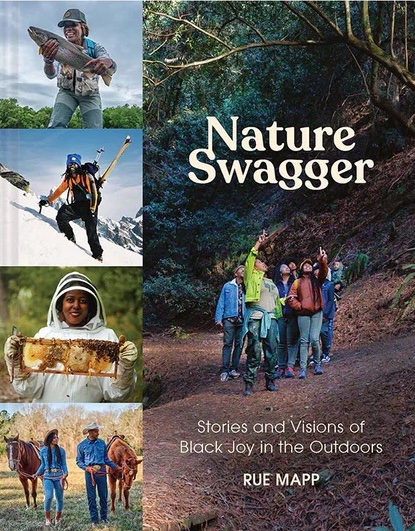
“From my kitchen table I decided to tell a new story using images—unlike anything I had seen growing up among the glossy outdoor and nature publications—of Black people in nature as strong, beautiful, and free. Just like what I always knew and experienced growing up,” Rue Mapp writes in her wonderful new book, Nature Swagger: Stories and Visions of Black Joy in the Outdoors.
Mapp is the Founder and CEO of Outdoor Afro, a non-profit organization that “celebrates and inspires Black connections and leadership in nature.” This book — a collection of essays, poems, stories and photographs by Black nature lovers — is an extension of that work.
This is a celebratory collection that captures the joy of a wide range of outdoor experience, a range you rarely find in outdoor essay collections. There are the wilderness experiences: Kilimanjaro summits and long hikes. There is also beekeeping and surfing and hunting and dog training. And more.
As several writers note, the Black experience of nature has often been oppressed and erased. Some so-called “public” lands have historically been off limits to people of color. Black joy in the outdoors is absent from outdoor magazines. But that doesn’t mean it doesn’t exist, as this book so clearly demonstrates.
As Mapp notes, “While enthusiastically focused on Black American experiences, Nature Swagger is a universal roadmap to discover the delights, joys, and possibilities of transformation for anyone through nature.
-
Looking for the Hidden Folk
By Nancy Marie Brown
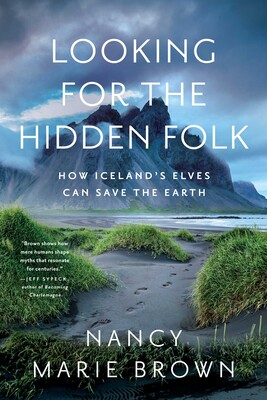
Read any popular travel feature on Iceland, and you’ll probably see this mentioned: Icelanders believe in elves. The article will likely even cite a poll or two showing this to be true. It’s the kind of anecdote meant to portray Iceland as a quirky destination, perhaps a place right out of a fantasy novel.
Author Nancy Marie Brown has been traveling to Iceland for decades. For her, the “belief in elves” means something more. She explores this in the thoughtful, often provocative Looking for the Hidden Folk. Rather than merely laughing at stories of elves, she delves into the role of myth and story in seeing nature (and ourselves).
The idea that elves live in rocks – often referenced in media accounts about Iceland – often are really less about elves than about connection to place. Being good neighbors to those elves/rocks has helped shape a deeper stewardship.
Brown is a science writer and articulates the geology, ecology and archaeology that inform Iceland’s stories. But she also argues that there are other ways of seeing the world, and if we want to better protect our planet, we ought to be paying attention to them.
This is a difficult book to categorize. It includes some of the best travel writing I’ve read in a long time, but combines it with philosophy, myth, history and more. She retells entertaining stories from Icelandic sagas, stories that are adventurous and fun, but also illuminate deeper truths about our relationships with the earth.
-
Lark Ascending
By Silas House
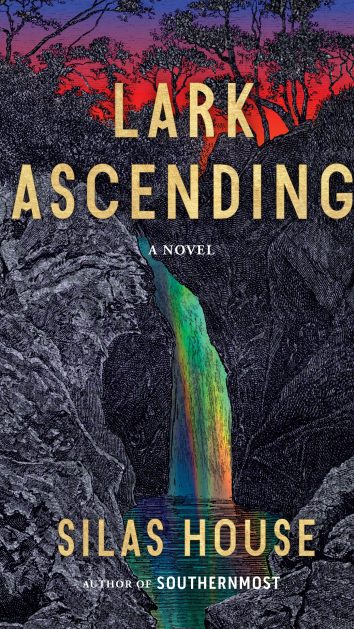
Dystopian fiction is wildly popular at the moment, for reasons that I suspect are obvious to anyone reading this. “Climate fiction” imagines a world where worst-case warming scenarios come true. Silas House’s Lark Ascending is one of my favorites of this genre.
Some climate fiction can descend into sermonizing at expense of the story. That isn’t the case here. The world is in trouble, yes. Wildfires rage across the United States amidst a fascist takeover. But the story is told from the perspective of a young man trying to build a life from scratch.
Lark has fled to Ireland, reputedly a safe place for climate refugees. He loses everything and everyone along the way. What do you do when every aspect of the life you’ve known is gone? Amidst that bleak beginning, Lark begins to make connections, to find joy in simple things like the love of a dog. This is a dystopian novel with heart and even with a bit of hope. It’s also a page turner, a perfect novel to read on a winter evening.
-
Why Sharks Matter
By David Shiffman
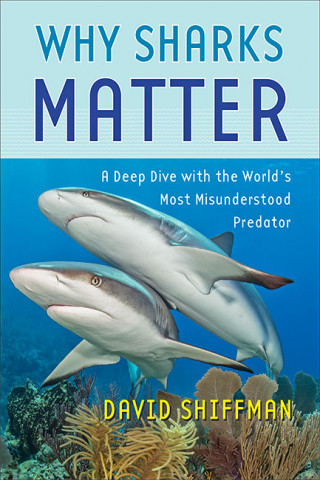
David Shiffman is a shark biologist popular on social media, where he enthusiastically answers questions and just as enthusiastically debunks shark myths. Why Shark Matters is like a collection of his greatest hits in book form.
Shiffman is an entertaining writer, not afraid to nerd out over sharks and share plenty of interesting stories. But what I really appreciate is that every piece of information is grounded in science; he explains what research actually shows and, yes, why it matters. Think of it as the anti-Shark Week: the book is entertaining and informative without being sensational or lurid.
Shiffman showcases fascinating researchers and the cutting-edge work they’re doing. He provides solid tips for how anyone can contribute to shark conservation. He answers some of the most common questions he receives about sharks, and the answers may surprise you. While he is a fervent shark conservationist, he also recognizes that shark conservation can be oversimplified. I, like I imagine many conservationists, often consider shark-fin soup to be an unmitigated disaster. But Shiffman shows there is a lot of nuance, even among an issue as seemingly simple as shark fin bans.
Sharks are among the most well-known (and arguably, feared) wildlife on the planet. Why Sharks Matter will give you new insights and make you question your assumptions, as science communications should do.
-
A Field Guide to Coastal Fishes of Bermuda, Bahamas and the Caribbean Sea
By Val Kells, et al
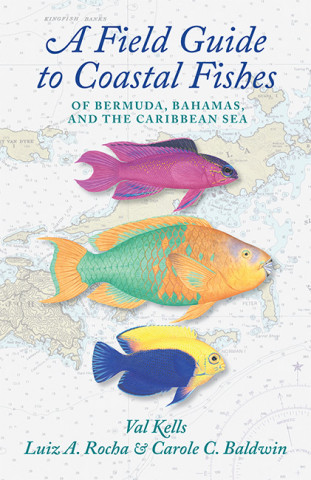
This is the third field guide to coastal fishes by Val Kells and collaborators, the previous two covered U.S. Atlantic and Pacific coasts. These books, published by Johns Hopkins University Press, are among my favorite field guides (and I own a lot of field guides). I love the illustrations and the information is presented for excellent field use. I don’t go to the coast without them.
The latest installment covers Bermuda, Bahamas and the Caribbean. It includes more than 1,300 fish species with 1,470 illustrations of adults, juveniles and other color variants.
I use these books for my coastal fishing excursions. They also are very useful for snorkelers and divers, researchers and naturalists. If you know someone planning a Caribbean getaway in the near future, make sure this book is in their stocking.
-
Waterfowl of the World
By Gary Kramer and John Gregory Mensik

This mammoth volume is testament to a magnificent obsession: Gary Kramer’s effort to photograph all 167 species of duck, goose and swan on the planet. Kramer – a waterfowl biologist, wildlife photographer and hunter – visited 40 countries on 6 continents to photograph waterfowl in their natural habitats. He succeeded in photographing all but two of the existing species.
I admit I love waterfowl above all birds, and this book showcases their diversity in stunning photography. It’s complemented by excellent text descriptions on their identification, habitat and conservation status, written by Kramer and collaborator John Gregory Mensik.
It’s a 524-page, large-format book, but this one isn’t just for coffee-table decoration. It’s packed with great information and photos to enjoy. I also really enjoyed Kramer’s stories of how he gathered the photos, including travel challenges and photography techniques. A must for any waterfowler or birder.
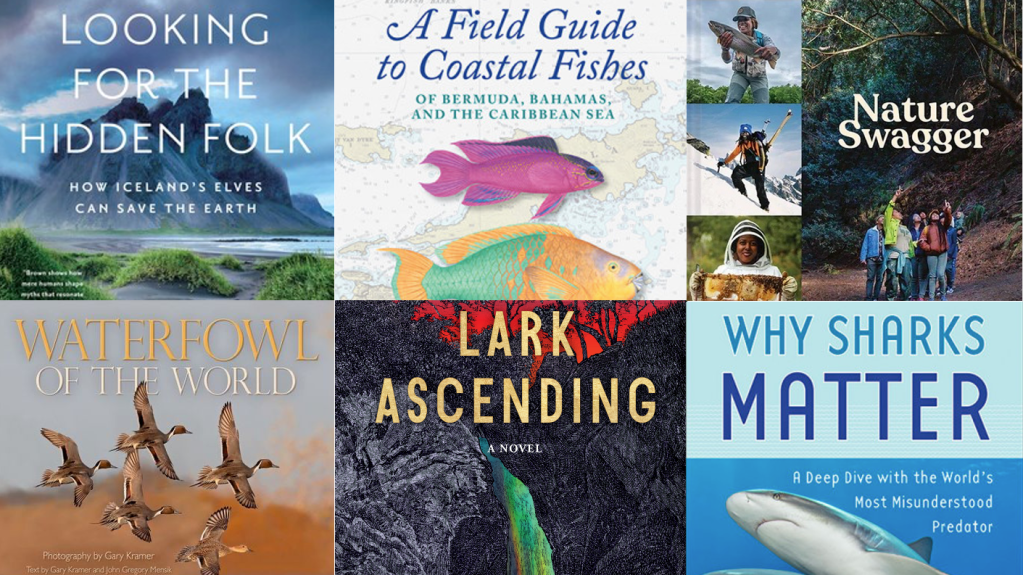



Join the Discussion
1 comment